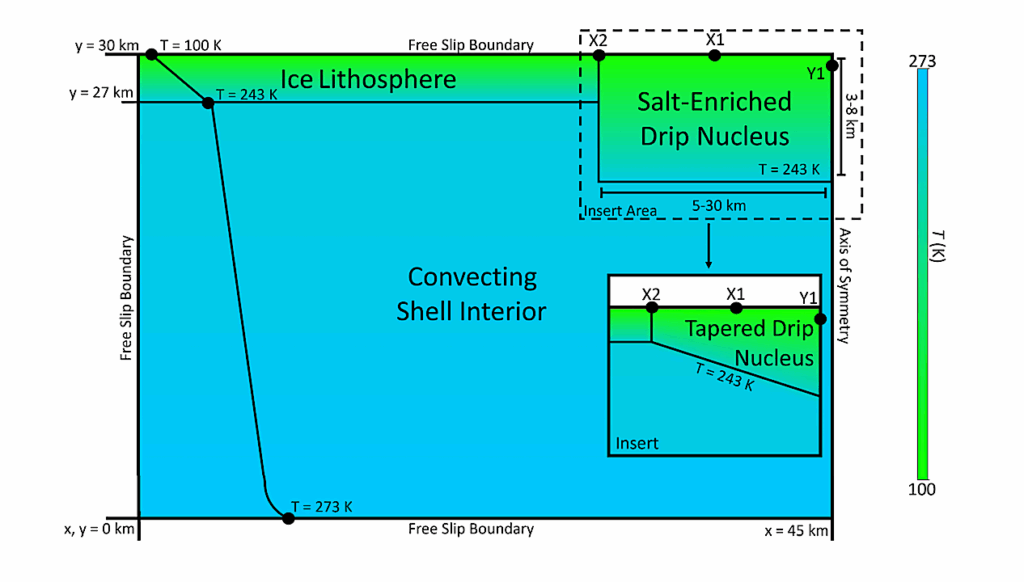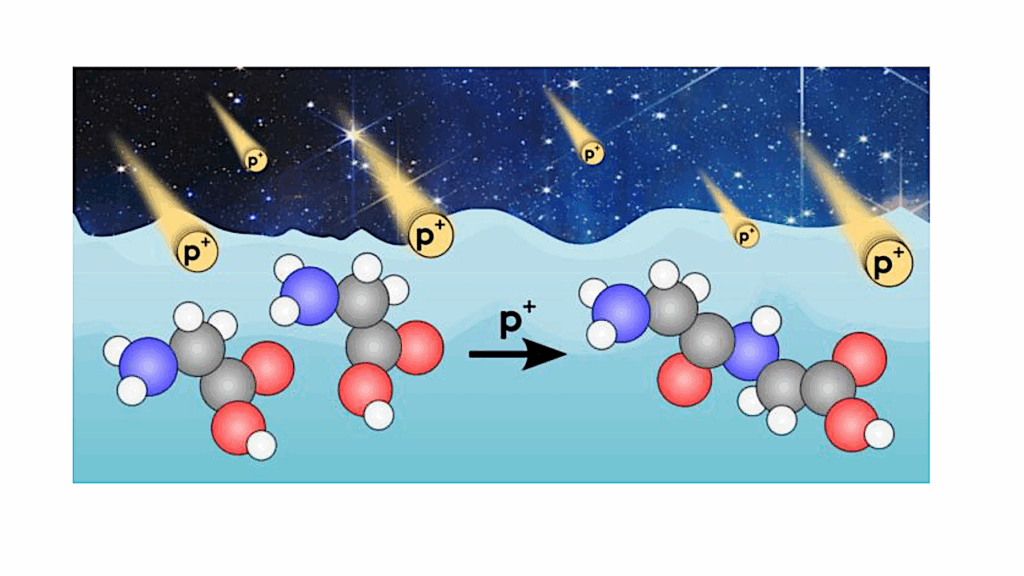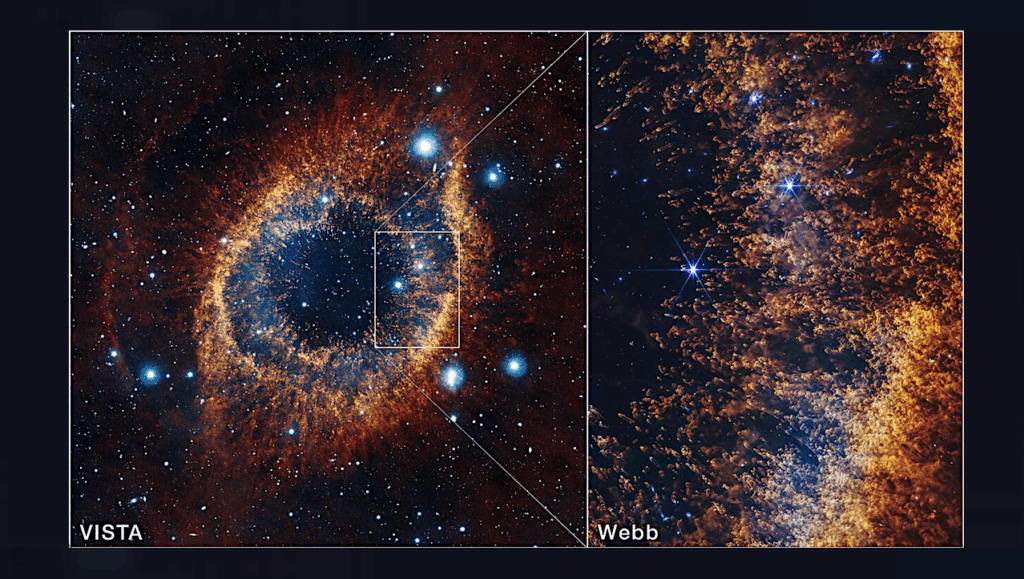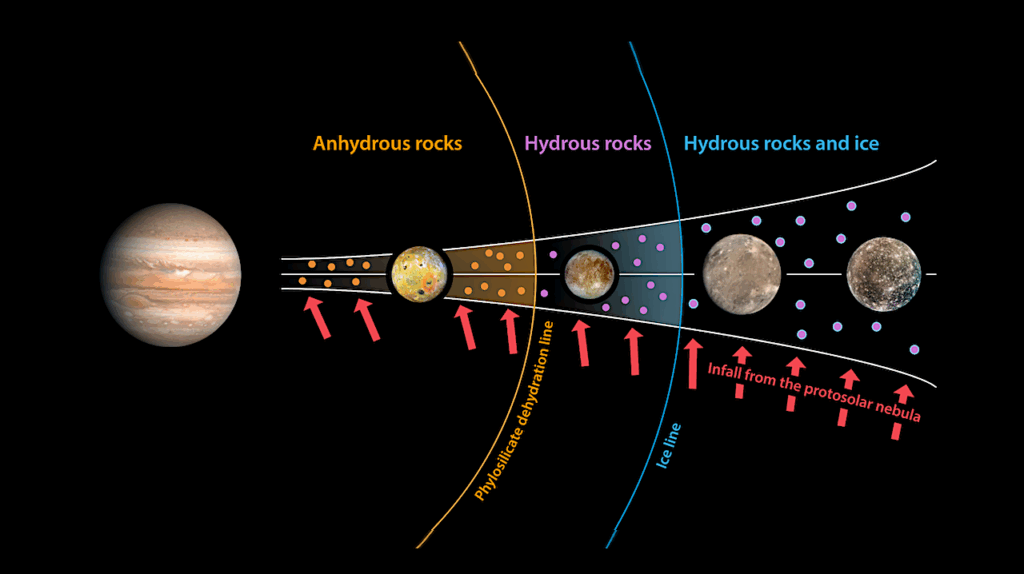Polycyclic Aromatic Hydrocarbon and CO(2-1) Emission at 50-150 pc Scales in 66 Nearby Galaxies
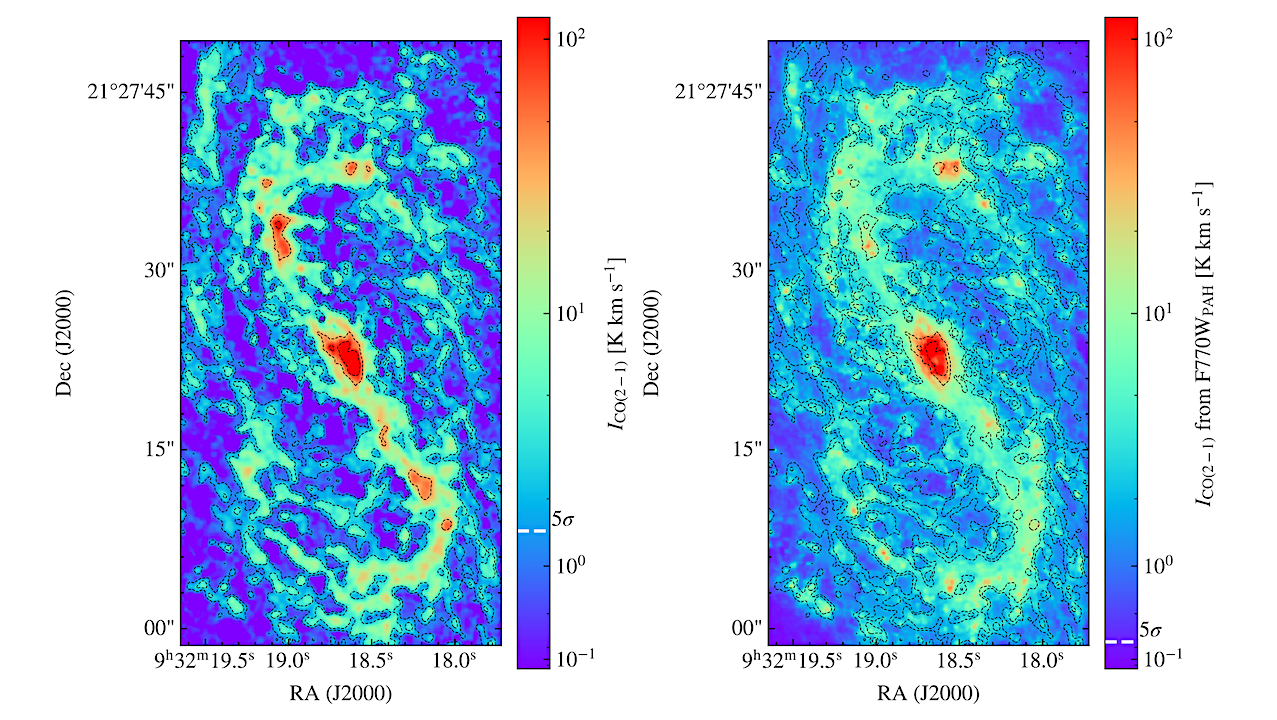
Combining Atacama Large Millimeter/sub-millimeter Array CO(2-1) mapping and JWST near- and mid-infrared imaging, we characterize the relationship between CO(2-1) and polycyclic aromatic hydrocarbon (PAH) emission at ~100 pc resolution in 66 nearby star-forming galaxies, expanding the sample size from previous ~100 pc resolution studies by more than an order of magnitude.
Focusing on regions of galaxies where most of the gas is likely to be molecular, we find strong correlations between CO(2-1) and 3.3 micron, 7.7 micron, and 11.3 micron PAH emission, estimated from JWST’s F335M, F770W, and F1130W filters. We derive power law relations between CO(2-1) and PAH emission, which have indices in the range 0.8-1.2, implying relatively weak variations in the observed CO-to-PAH ratios across the regions that we study.
We find that CO-to-PAH ratios and scaling relationships near HII regions are similar to those in diffuse sight lines. The main difference between the two types of regions is that sight lines near HII regions show higher intensities in all tracers.
Galaxy centers, on the other hand, show higher overall intensities and enhanced CO-to-PAH ratios compared to galaxy disks. Individual galaxies show 0.19 dex scatter in the normalization of CO at fixed I_PAH and this normalization anti-correlates with specific star formation rate (SFR/M*) and correlates with stellar mass.
We provide a prescription that accounts for these galaxy-to-galaxy variations and represents our best current empirical predictor to estimate CO(2-1) intensity from PAH emission, which allows one to take advantage of JWST’s excellent sensitivity and resolution to trace cold gas.
Ryan Chown, Adam K. Leroy, Karin Sandstrom, Jeremy Chastenet, Jessica Sutter, Eric W. Koch, Hannah B. Koziol, Lukas Neumann, Jiayi Sun, Thomas G. Williams, Dalya Baron, Gagandeep S. Anand, Ashley T. Barnes, Zein Bazzi, Francesco Belfiore, Alberto Bolatto, Mederic Boquien, Yixian Cao, Melanie Chevance, Dario Colombo, Daniel A. Dale, Oleg V. Egorov, Cosima Eibensteiner, Eric Emsellem, Hamid Hassani, Jonathan D. Henshaw, Hao He, Jaeyeon Kim, Kathryn Kreckel, Sharon E. Meidt, Eric J. Murphy, Elias K. Oakes, Eve C. Ostriker, Hsi-An Pan, Debosmita Pathak, Erik Rosolowsky, Sumit K. Sarbadhicary, Eva Schinnerer, Yu-Hsuan Teng
Comments: 21 pages, 4 figures, 3 tables. Submitted to ApJ
Subjects: Astrophysics of Galaxies (astro-ph.GA)
Cite as: arXiv:2410.05397 [astro-ph.GA] (or arXiv:2410.05397v1 [astro-ph.GA] for this version)
https://doi.org/10.48550/arXiv.2410.05397
Focus to learn more
Submission history
From: Ryan Chown
[v1] Mon, 7 Oct 2024 18:02:21 UTC (4,818 KB)
https://arxiv.org/abs/2410.05397
Astrobiology, Astrochemistry,




